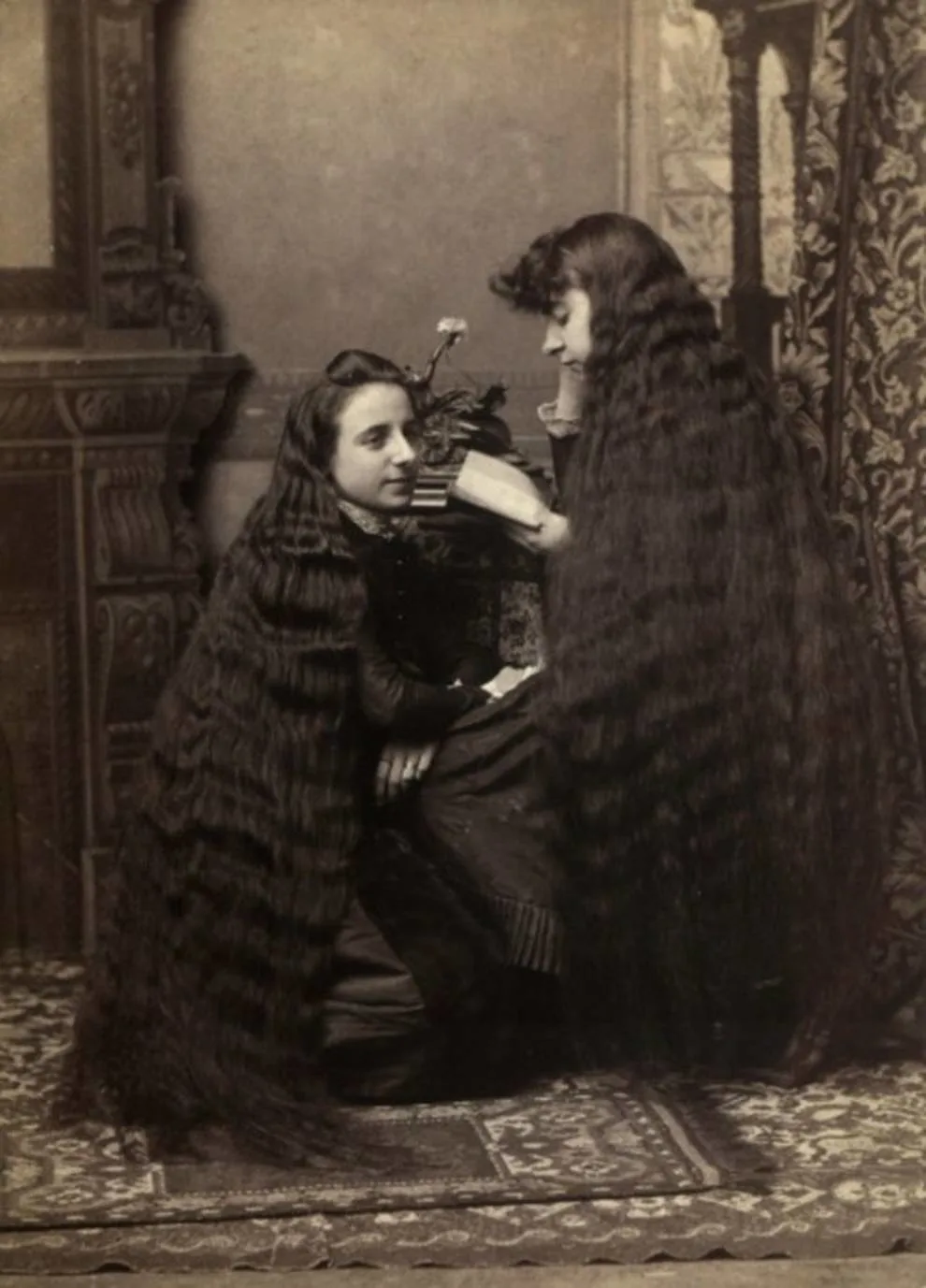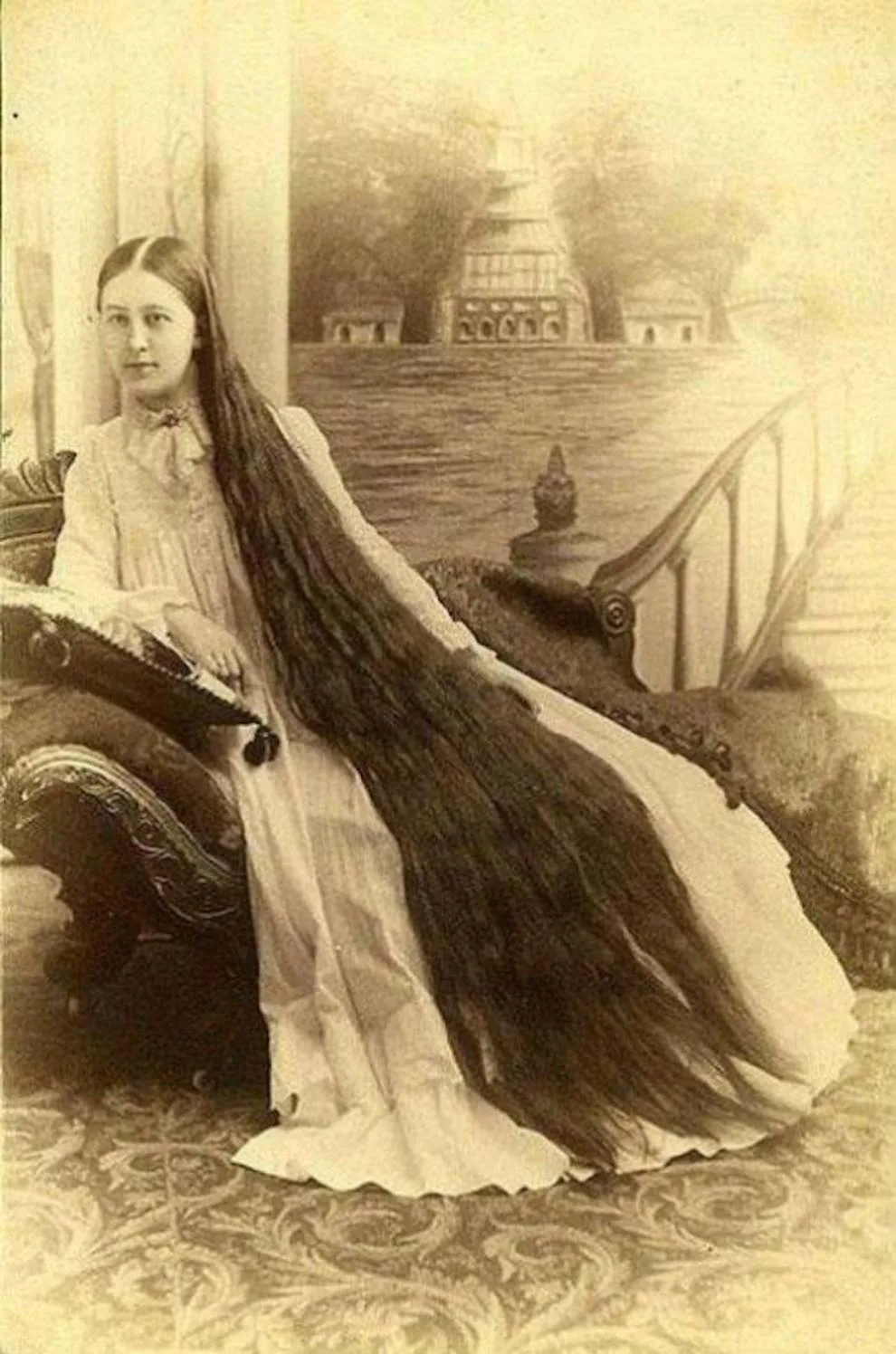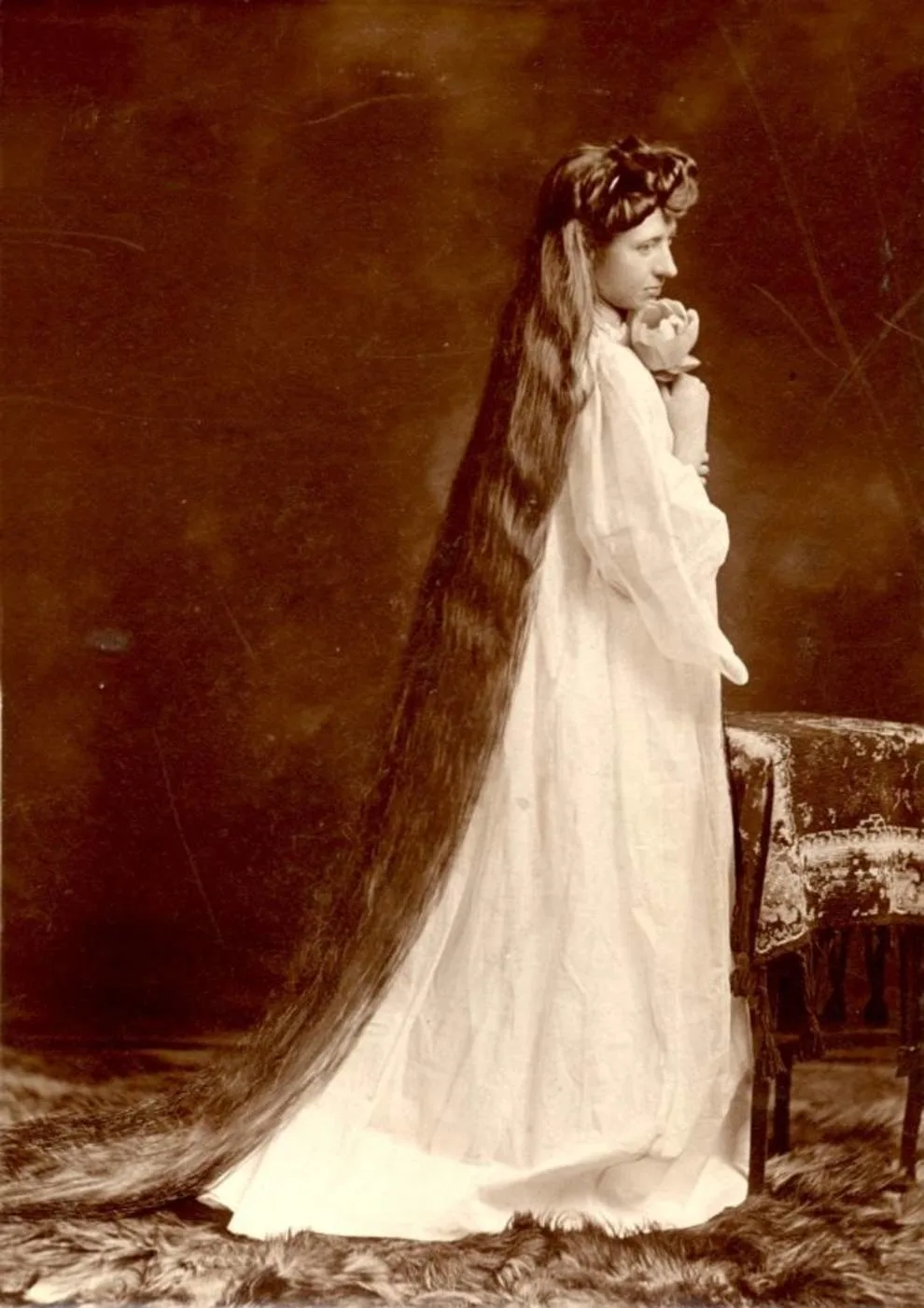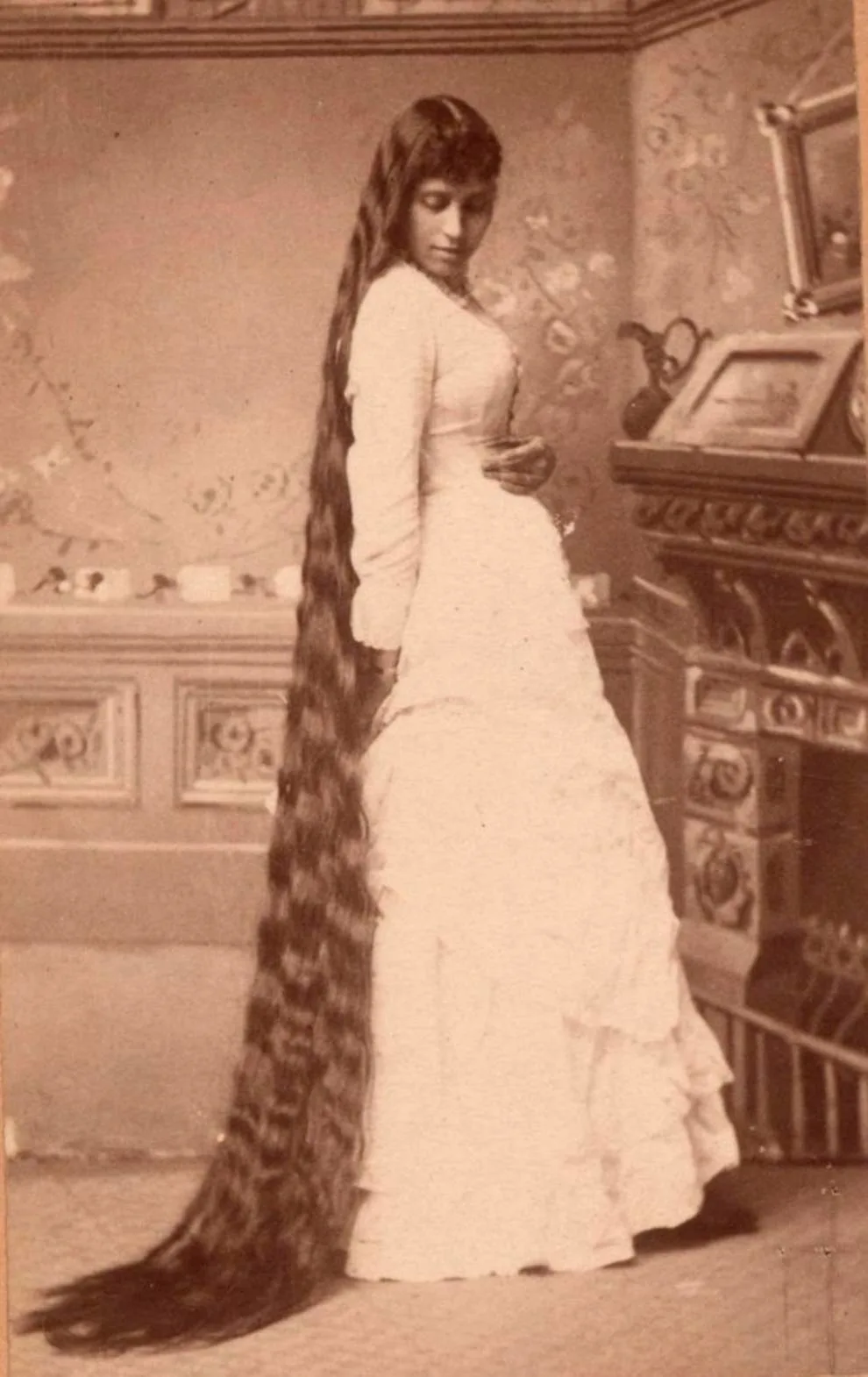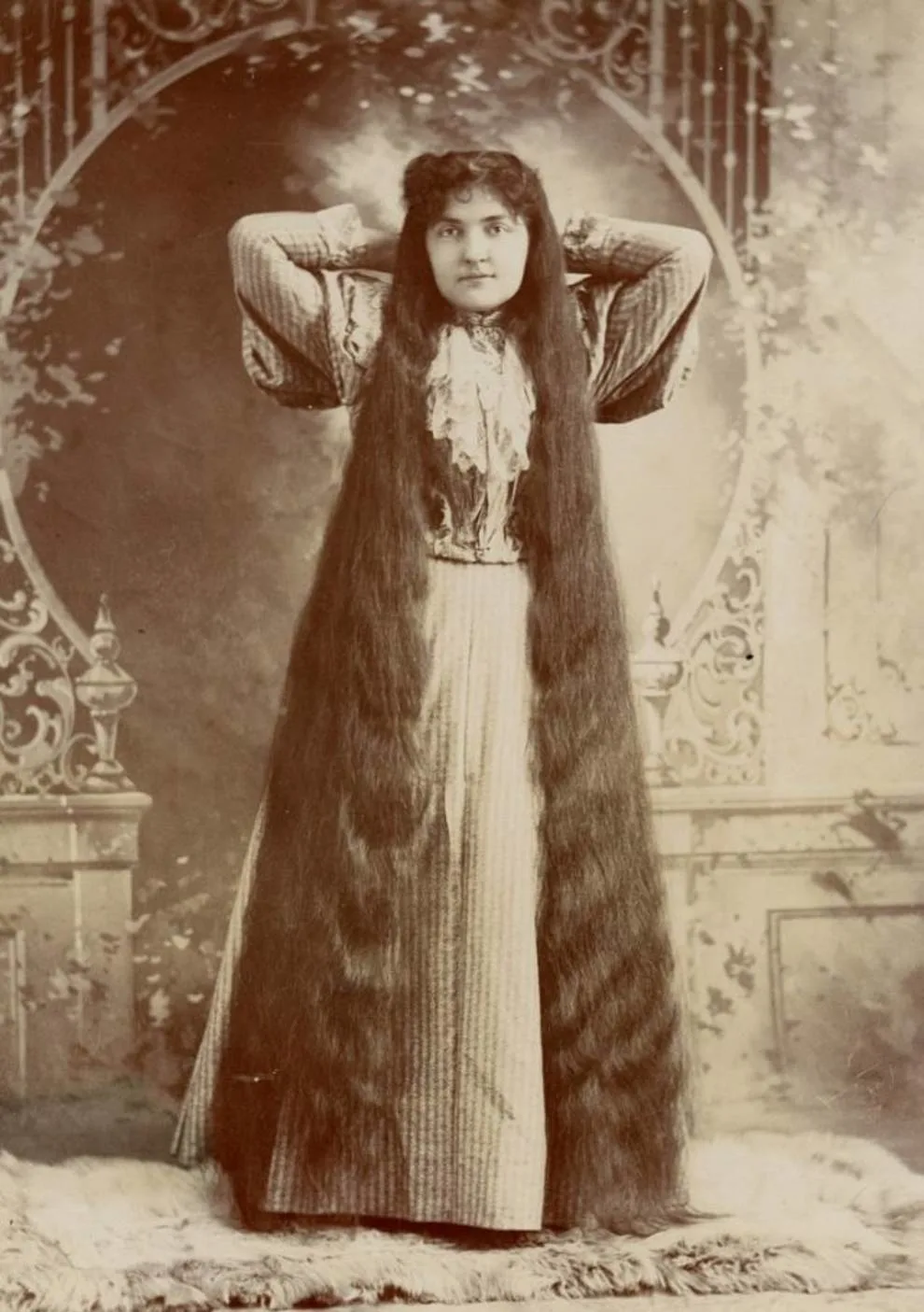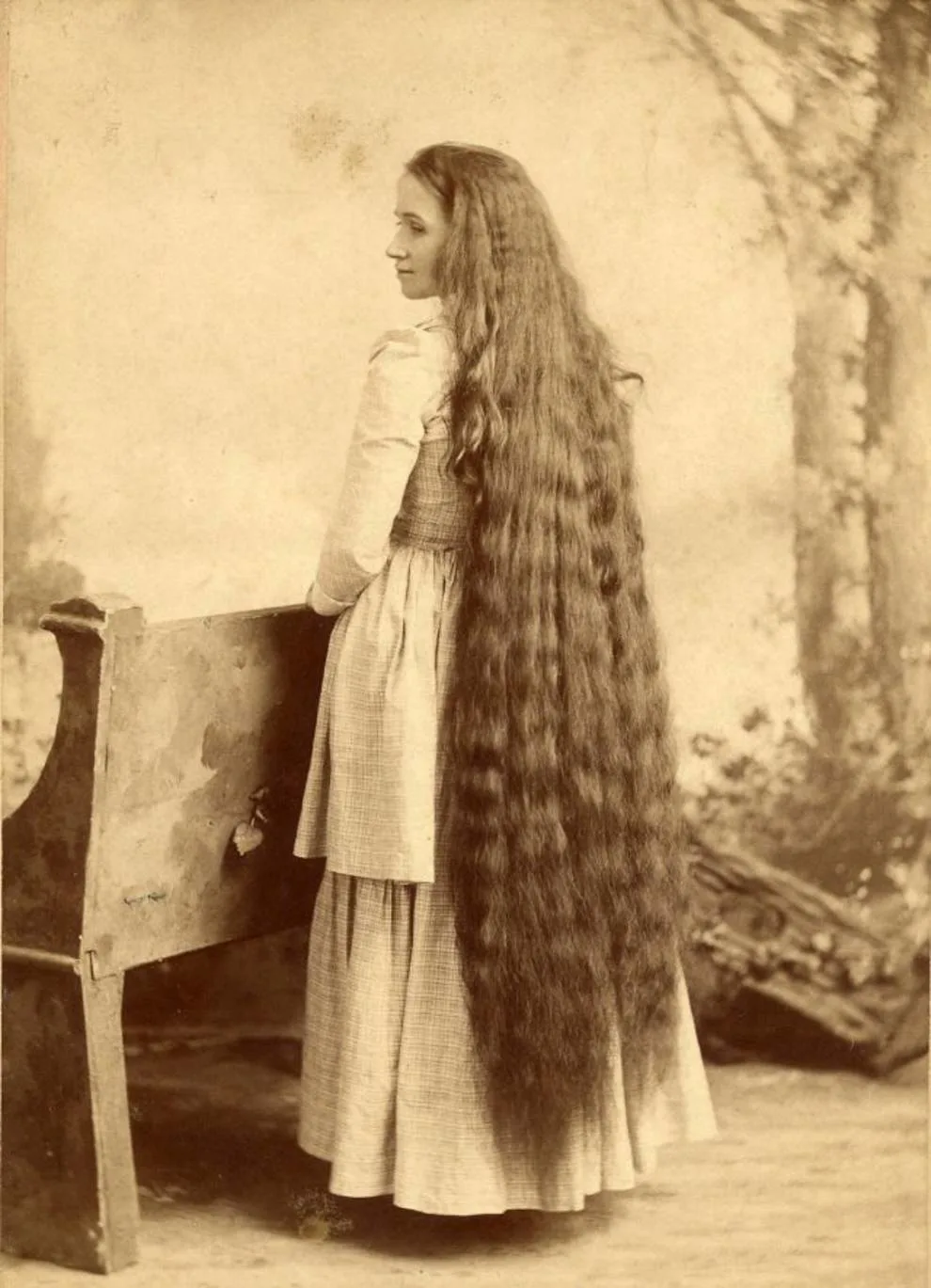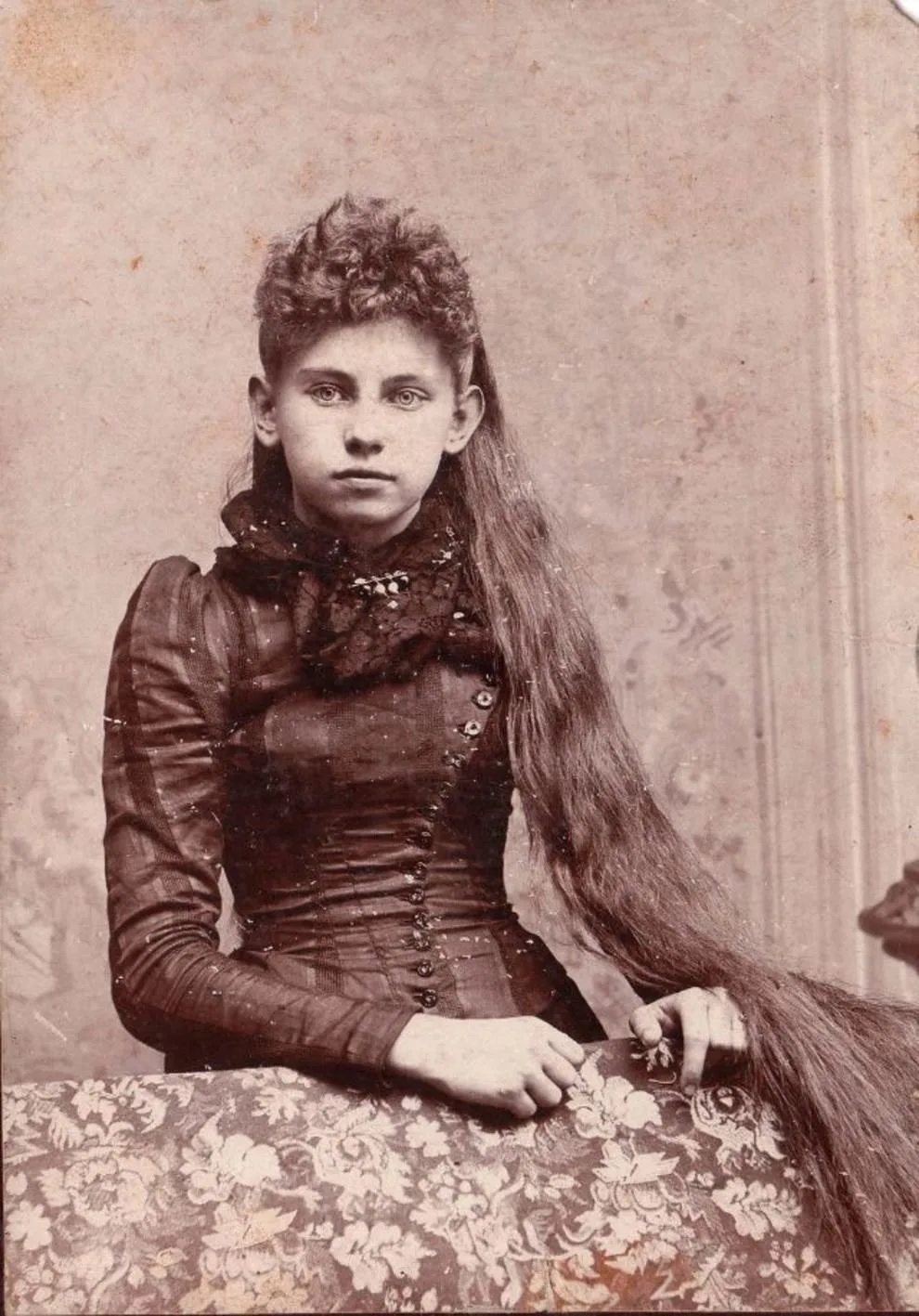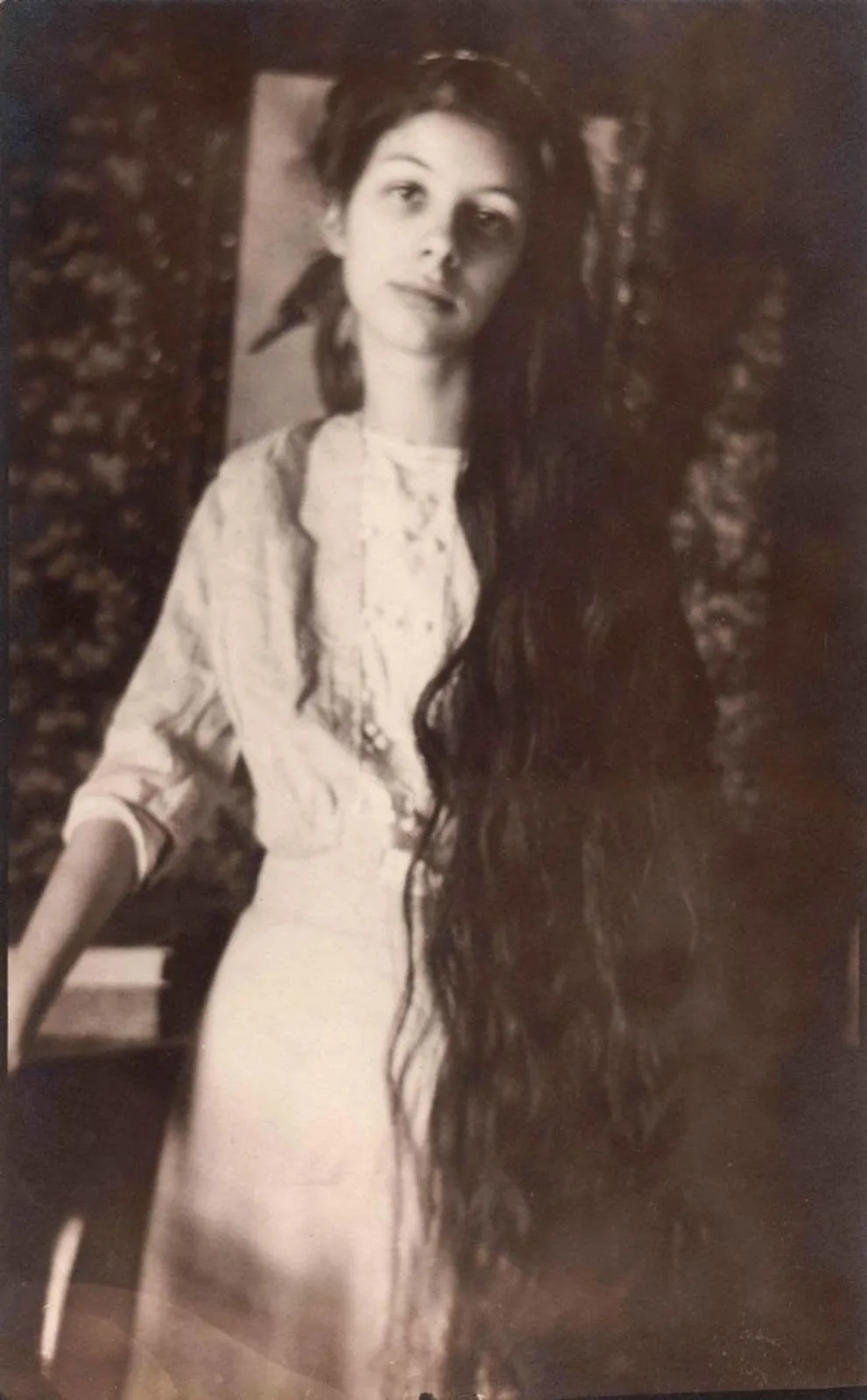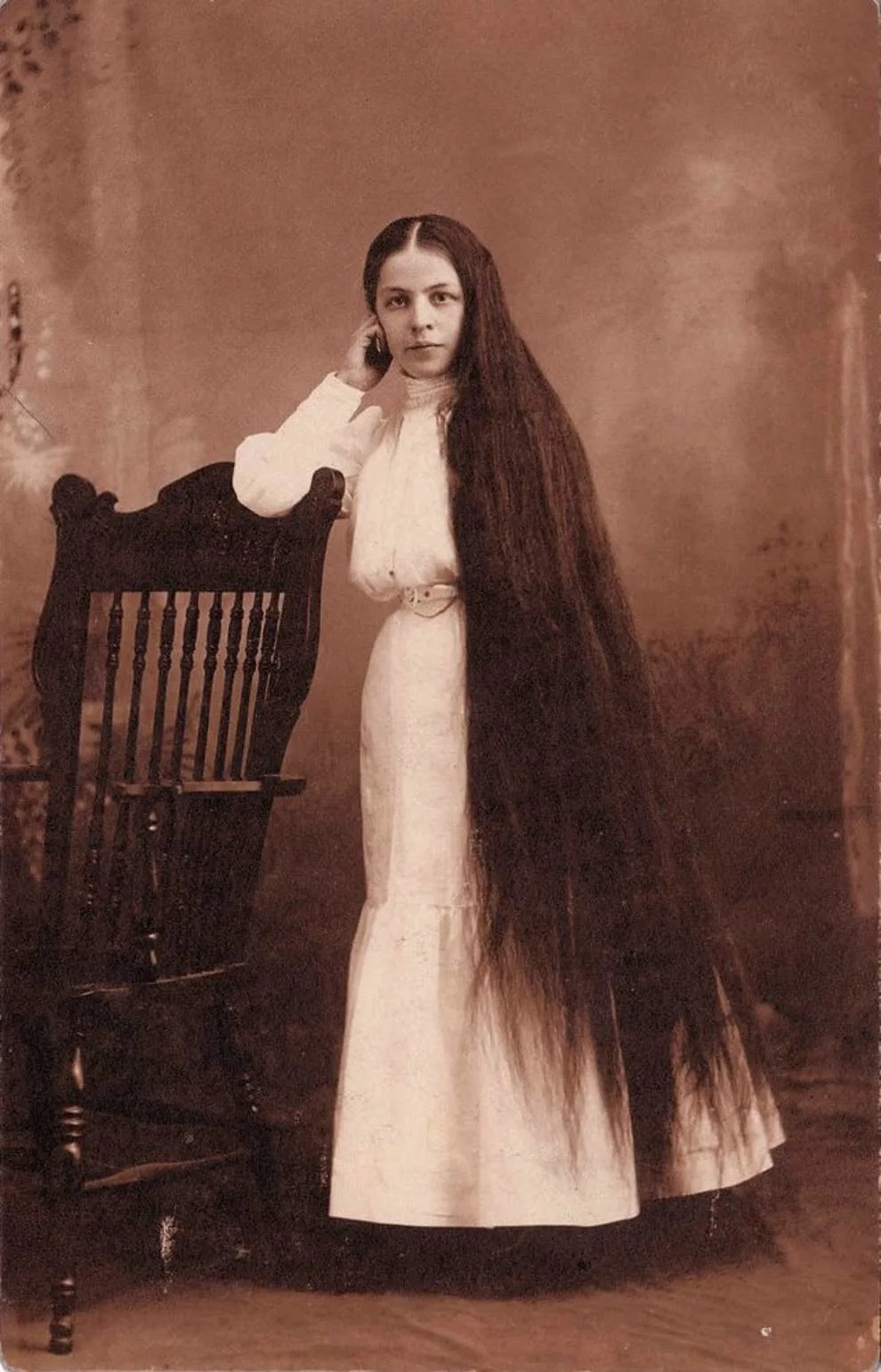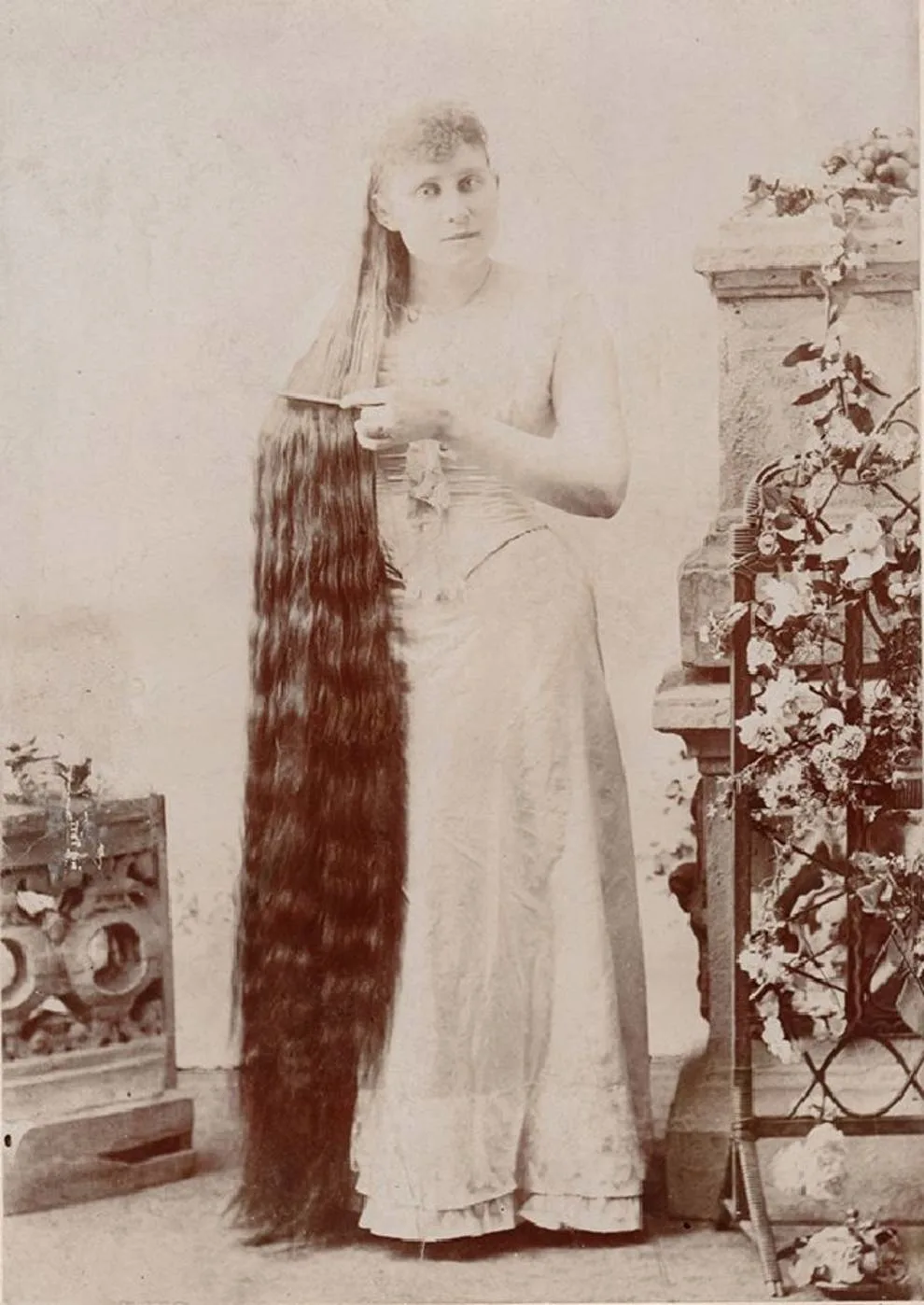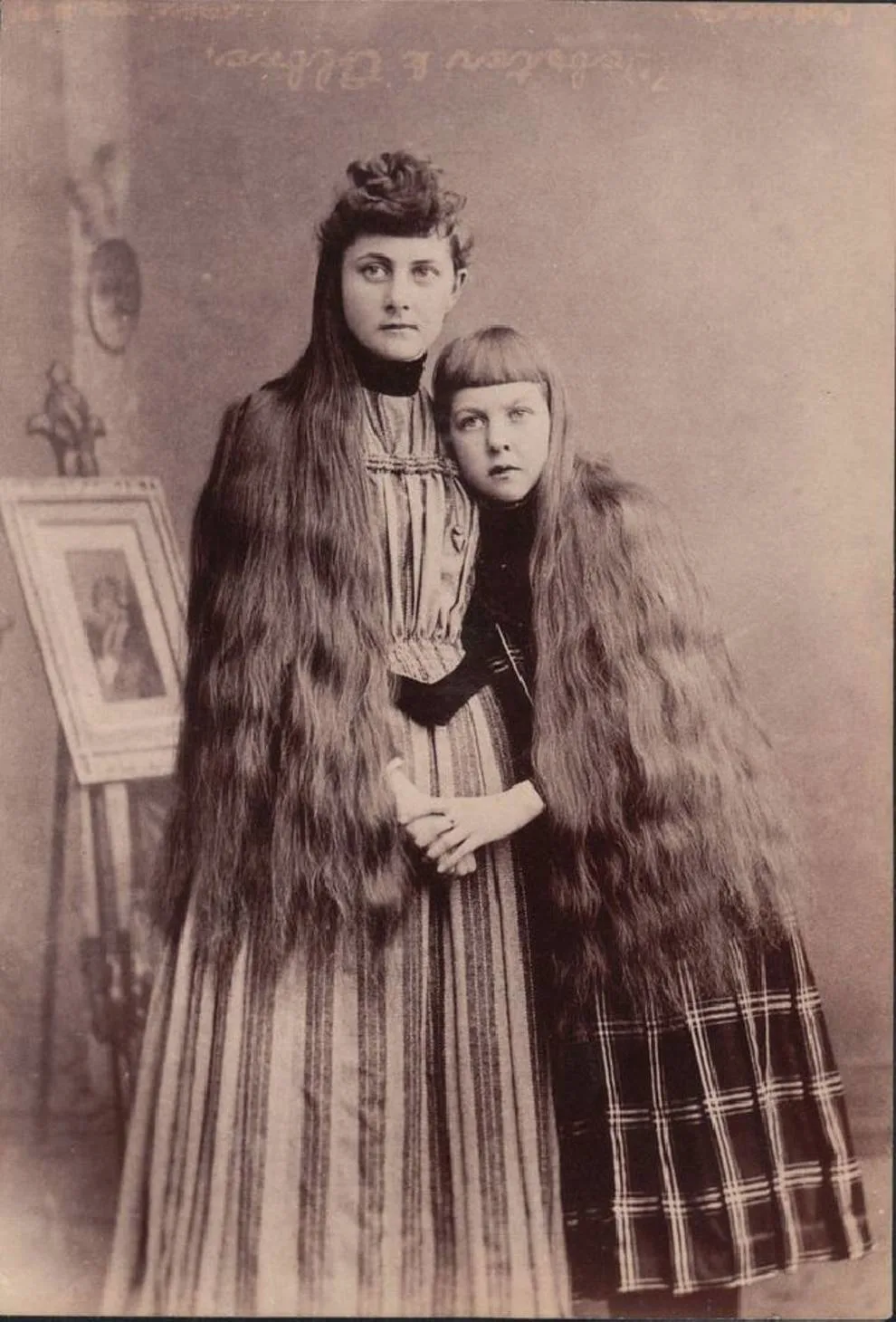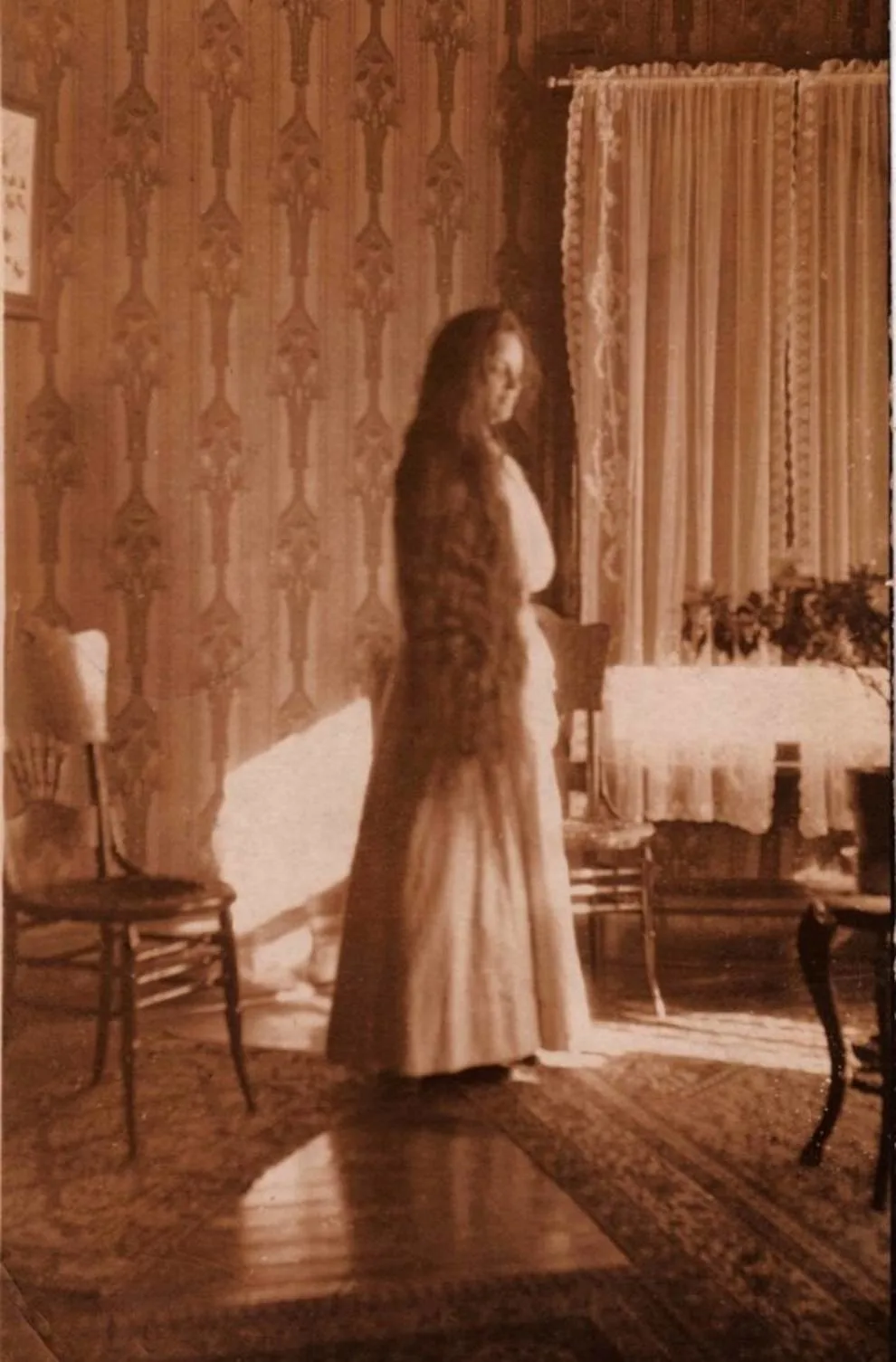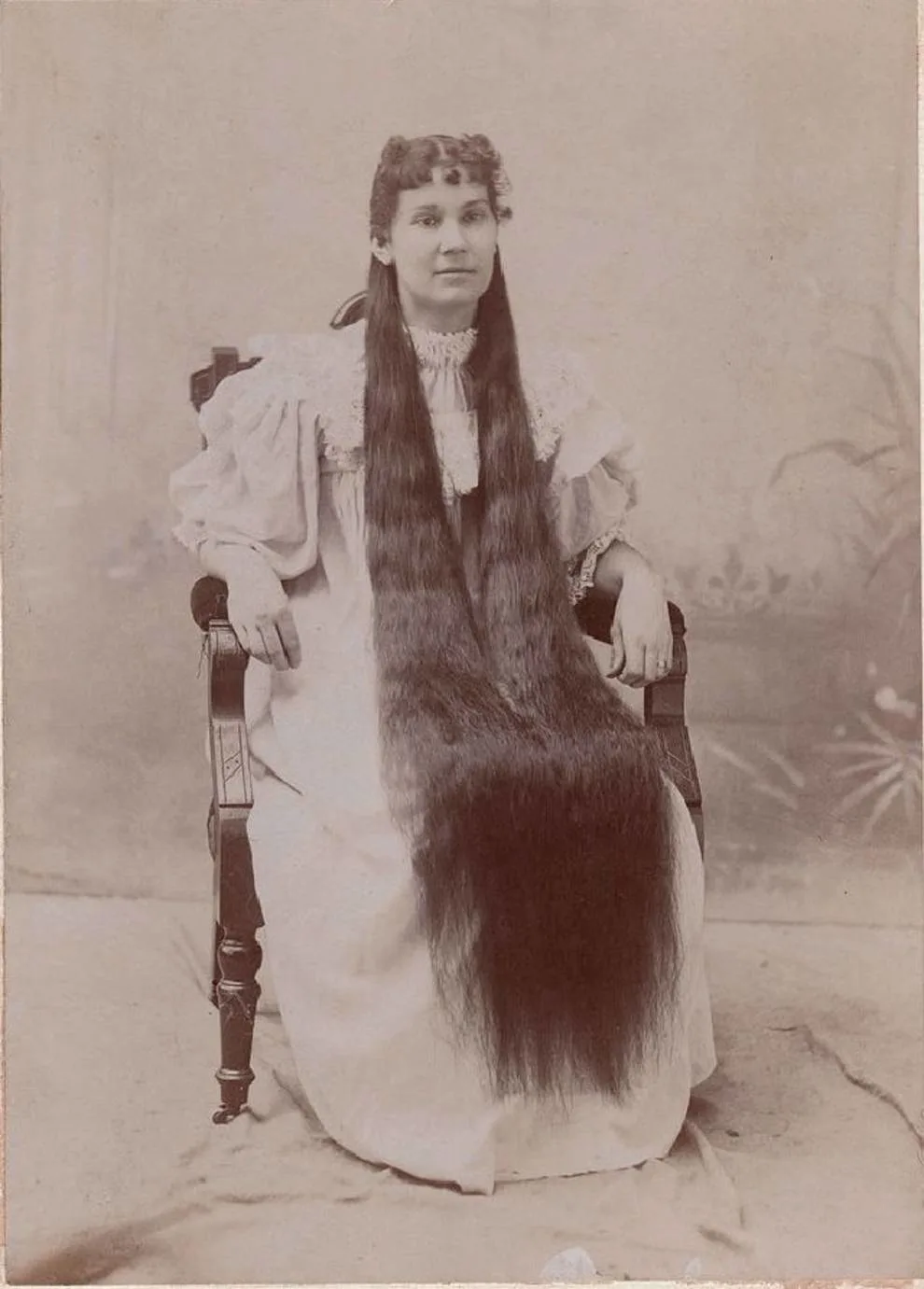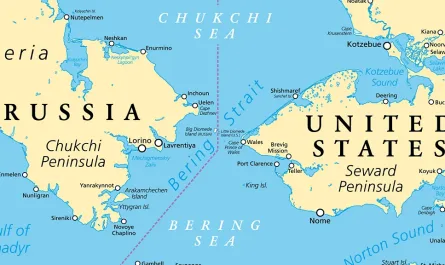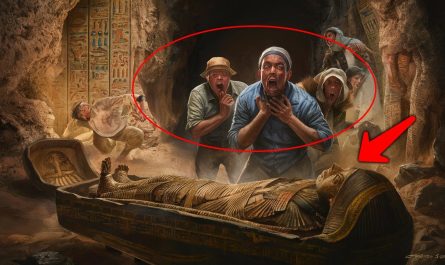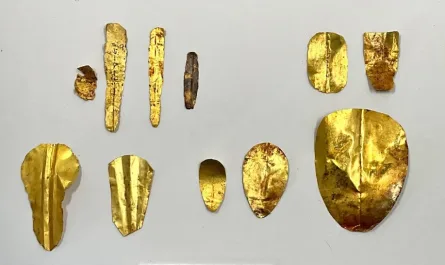In the 19th century, daily hair washing was unheard of—not because of poor hygiene, but because people understood that too much washing could ruin it. The soap of that era, often made with lye, was incredibly harsh, stripping hair of its natural oils and leaving it brittle, dry, and prone to breaking. Men with short hair could tolerate this, but for women, whose hair often flowed down to their waists, such treatment was unthinkable. Instead, their secret was in the ritual of brushing.
The famous “100 strokes a night” wasn’t just a romantic notion—it was a carefully practiced routine. Using boar-bristle brushes that were cleaned daily, women worked natural oils from the scalp all the way to the tips, while removing dust and residue. This method kept their hair nourished, glossy, and strong without constant washing. In high society, hair was far more than appearance; it was a mark of health, refinement, and status. Victorian hairstyles—grand towers of curls, braids, and intricate loops—were not only stylish but also protective, keeping hair clean and shielded from daily wear. To add volume and shape, women used “rats,” padding made from their own shed hair or wool. With such meticulous care, a woman could go months without a full wash, yet her hair remained immaculate. Far from neglect, this was an art—an intentional, patient practice that treated hair as both a crown and a treasure.
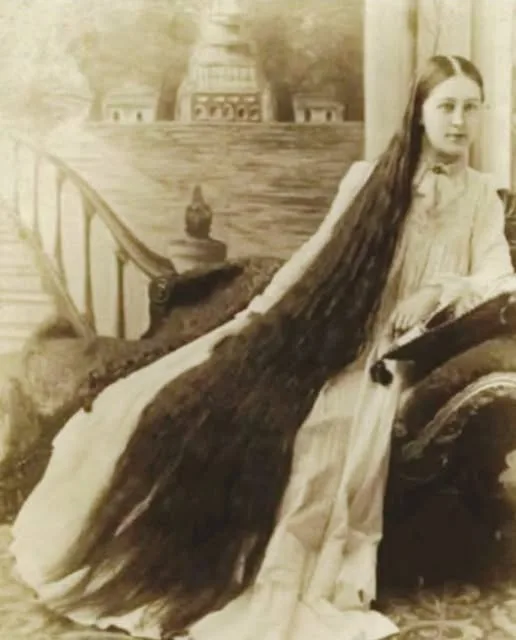
The fashion of the Edwardian and Victorian eras in great Britain was very different from the modern one. And it’s not just about how everyday clothes and holiday outfits looked. Women paid special attention to their hair, refusing to cut it. Below are vintage photographs of women with impressively long hair.



